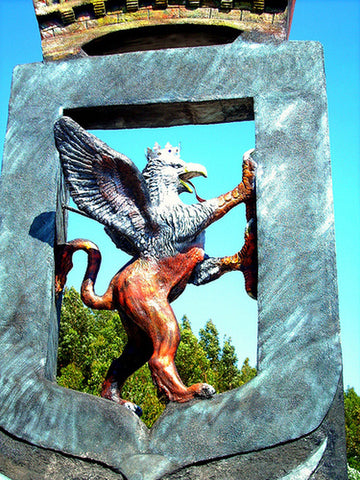The Language of Heraldry part 2

Now to the terms used in Heraldry. A shield, which is the main and essential part of the coat of arms, may be of a certain number of colors, of metals or, of furs. These are the 3 possible bases of the shield. This base is called the field. The derivation of these three classes is straightforward. The colors are those which were the earliest forms of differentiation between one shield and another. The metals are derived from the nature of a shield. The furs come from the rich drapings thrown or worn over the armor of wealthier knights.
All heraldic colors are primary. There are no pastel shades in Heraldry. The colors are:
Azure Blue
Gules Red
Purpure Purple
Sable Black
Vert Green
There are two metals:
Argent Silver
Or Gold
There are four furs:
Ermine White fur with black spots
Ermines Black fur with white spots
Erminois Gold fur with black spots
Vair or Vaire Rows of small shields alternately reversed
Two other rarely used furs are paen, another variant of ermine, this time black with gold ermine spots, and potent, a fur composed of T-shaped divisions.












